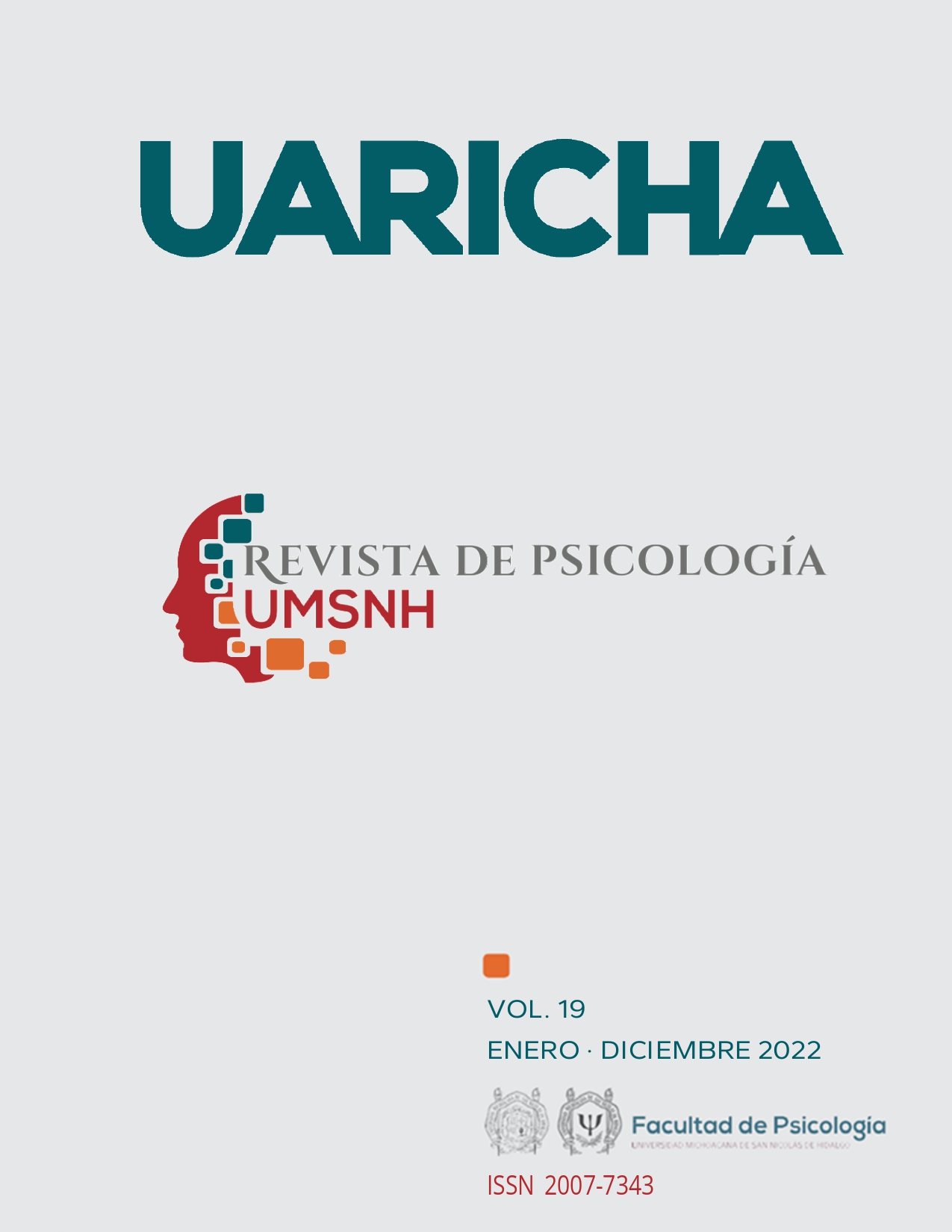School coexistence in secondary schools: The voices of teachers
Main Article Content
Abstract
The current research describes school coexistence, as experienced by teachers, in several high schools in a state in the northwest of Mexico. Sixteen teachers from public and private secondary schools participated. The participants were selected through the theoretical sampling technique based on the Grounded Theory methodological design. Information was collected through focus groups and analyzed using the constant comparison technique. The results indicate that the participants consider that the administrative aspects of the school, the lack of parental involvement, the social-economic context of the students, and the normalized violence derived from these contexts, are the main obstacles to building harmonious school coexistence. Although teachers recognize that strategies based on the strengthening of values, sports, cultural activities, and collaborative work between parents-students-teachers favor the construction of school coexistence, they affirm that their practice is not enough to remedy the sociocultural patterns related to normalized violence found in students and their families. In conclusion, the results show that the obstacles that impede a healthy coexistence must be made visible. Likewise, teachers must be supported and accompanied through the execution of strategies with a greater scope that allows intervention in the sociocultural elements of students' life, which according to the teachers, are the main challenge towards building a peaceful school coexistence.
Article Details
Issue
Section

This work is licensed under a Creative Commons Attribution-NonCommercial-NoDerivatives 4.0 International License.
The authors have the right to ownership or copyright and they give to "Uaricha Psychology Magazine" the right to publish for the first time the article, as well as disclose and distribute it on the technological available media and through repositories.
Uaricha Psychology Magazine, is a quarterly publication, published by the Psychology College of the "Universidad Michoacana de San Nicolás de Hidalgo", Street Francisco Villa No. 450, Col. Dr. Miguel Silva, Morelia, Michoacán, P. C. 58110. Phone (+52) 443 312 9909, ext. 149, www.revistauaricha.umich.mx, uaricha.publicaciones@umich.mx. Responsible publisher: Roberto Oropeza Tena. Reserve of exclusive use rights No. 04-2013-070413365500-203, e-ISSN: 2007-7343, Granted by the National Institute Copyright. Responsible of the last update of this number, Computer center of the Psychology College, Ing. Erick Vidar Alva Rangel.
How to Cite
References
Fierro-Evans, C., Carbajal, P. y Martínez-Parente, R. (2010). Ojos que sí ven Casos para reflexionar sobre la convivencia en la escuela. SM.
" target="_blank">Fierro-Evans, C. y Tapia, G. (2013). Hacia un concepto de convivencia escolar. En A. Furlán y T.C. Spitzer (Coords.), Convivencia, disciplina y violencia en las escuelas(pp. 73–131). Asociación Nacional de Universidades e Instituciones de Educación Superior en México. https://www.comie.org.mx/v5/sitio/wp-content/uploads/2020/08/Convivencia-disciplina-y-violencia-en-las-escuelas.pdf
López, V., Ascorra, P., Bilbao, M. y Carrasco, C. (2018). De la violencia a la convivencia escolar. En P. Ascorra y V. López (Eds.), Una Década de Investigación en Convivencia Escolar (pp 15-50). Pontífica Universidad Católica de Valparaíso.
" target="_blank">Peña-Figueroa, P.P., Sánchez, J. y Ramírez, J. (2017). La convivencia en la escuela. Entre el deber ser y la realidad.Latinoamericana de Estudios Educativos,13(1), 129-152. https://revistasojs.ucaldas.edu.co/index.php/latinoamericana/article/view/4017
Soneira, A. (2006). La Teoría fundamentada en los datos de Glaser y Strauss. En I. Vasilachis (Ed.), Estrategias de investigación cualitativa(pp.153-173). Gedisa.

